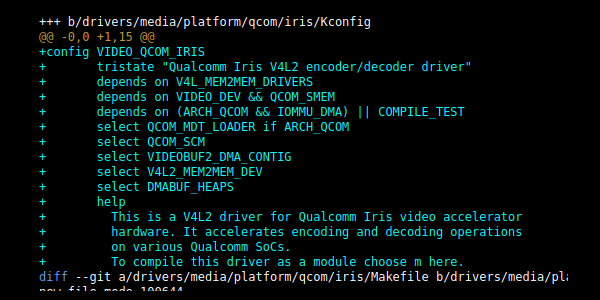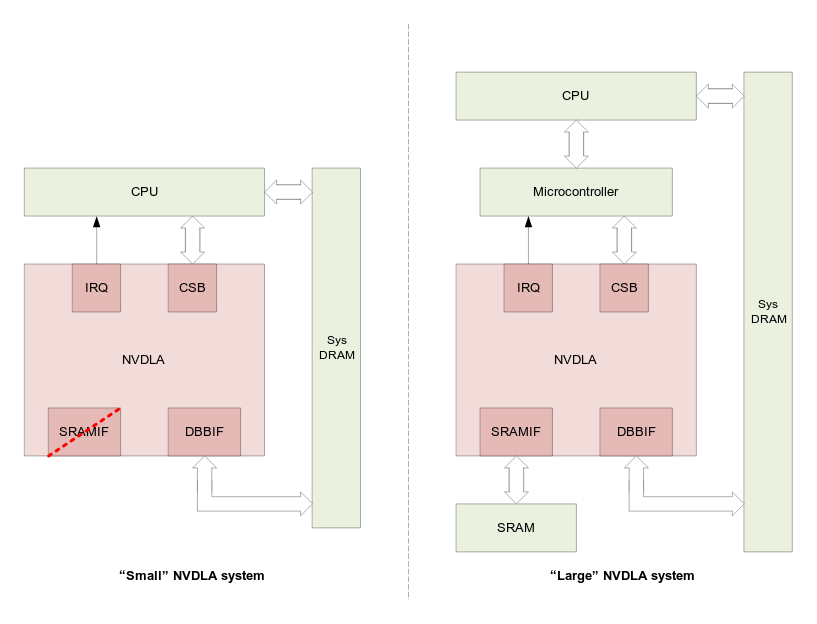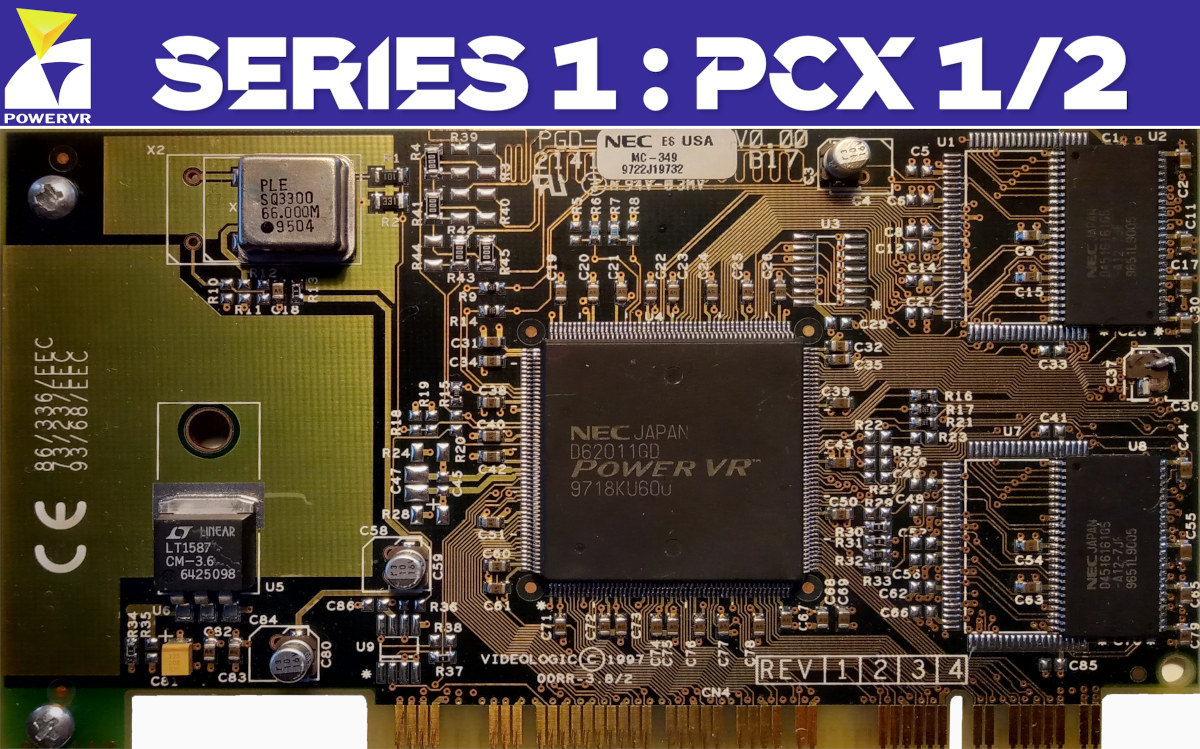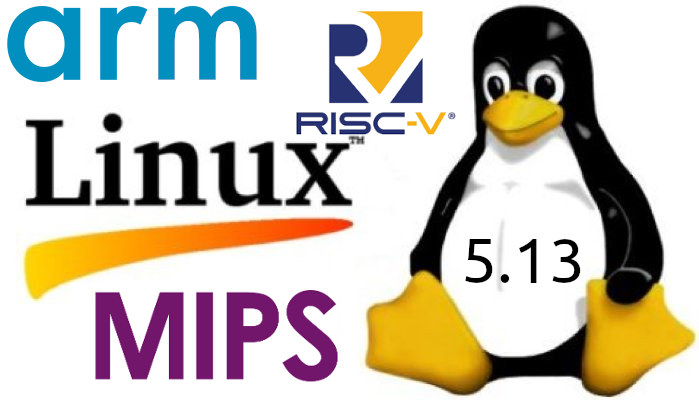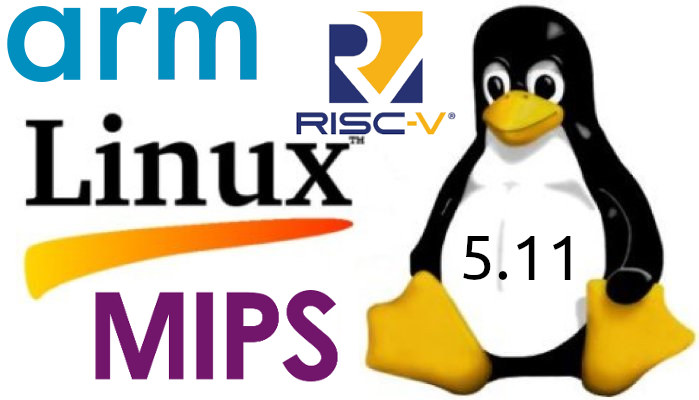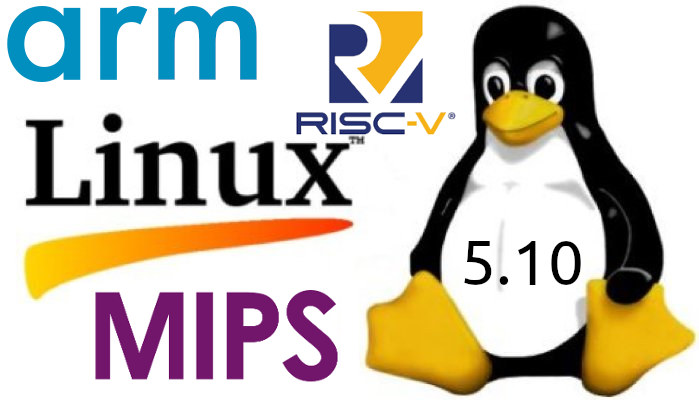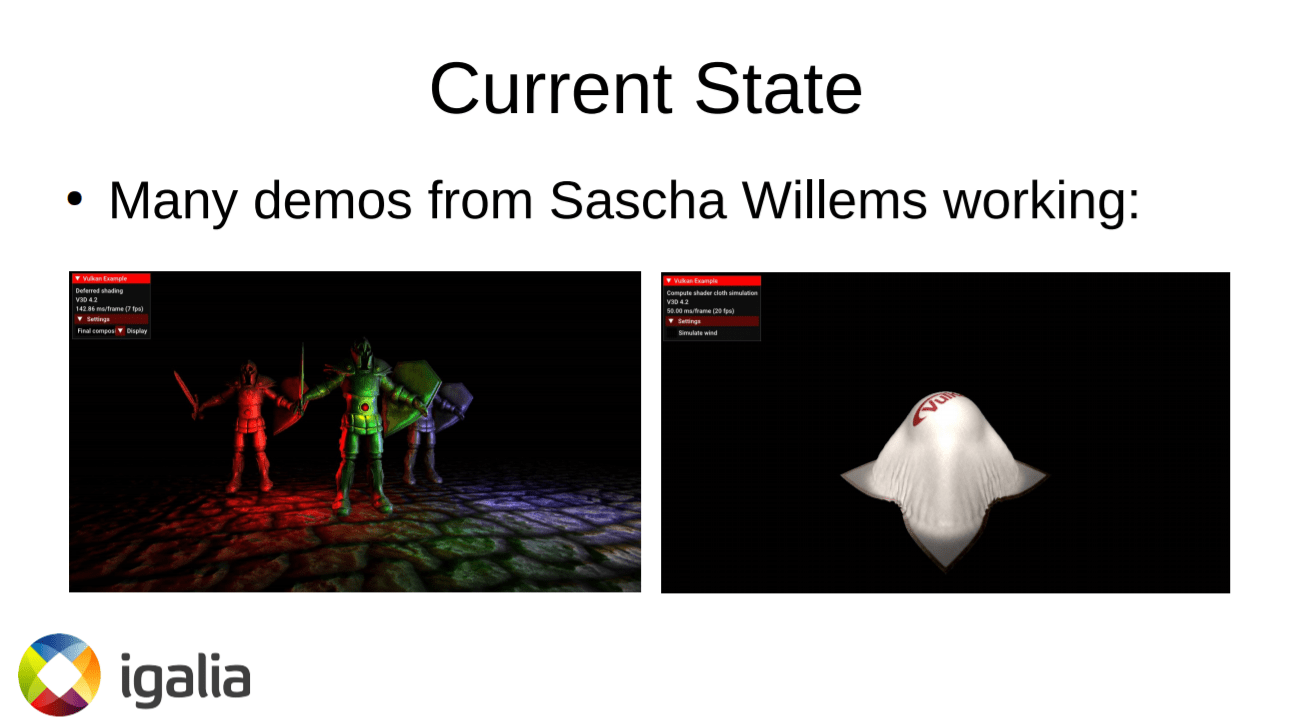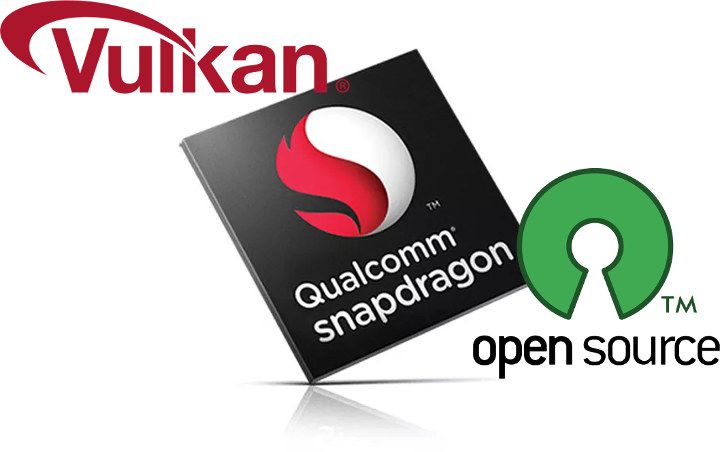Qualcomm engineer Vikash Garodia has just pushed a commit to add “Qualcomm Iris V4L2 encoder/decoder driver” to mainline Linux enabling support for H.264, H.265, and VP9 decoding, H.264 and H.265 encoding, as well as M2M and STREAMING capabilities. The Adreno GPUs found in Qualcomm SoC have been supported by the open-source Freedreno driver for several years, but this was not the case with the IP block taking care of hardware video encoding and decoding. The latest patchset addresses this issue for “Qualcomm’s new video acceleration hardware architecture”, meaning it might not work for older Qualcomm processors. The list of features implemented in the Iris V4L2 encoder/decoder driver: Centralized resource and memory management. Centralized management of core and instance states. Defines platform-specific capabilities and features providing a single point of control to enable/disable a given feature depending on specific platform capabilities. Handles hardware interdependent configurations. Handles multiple complex video scenarios involving […]
NVIDIA NVDLA AI accelerator driver submitted to mainline Linux
A large patchset has been submitted to mainline Linux for NVIDIA NVDLA AI accelerator Direct Rendering Manager (DRM) driver, accompanied by an open-source user mode driver. The NVDLA (NVIDIA Deep Learning Accelerator) can be found in recent Jetson modules such as Jetson AGX Xavier and Jetson AGX Orin, and since NVDLA was made open-source hardware in 2017, it can also be integrated into third-party SoCs such as StarFive JH7100 Vision SoC and Allwinner V831 processor. I actually assumed everything was open-source already since we were told that NVDLA was a “complete solution with Verilog and C-model for the chip, Linux drivers, test suites, kernel- and user-mode software, and software development tools all available on Github’s NVDLA account.” and the inference compiler was open-sourced in September 2019. But apparently not, as developer Cai Huoqing submitted a patchset with 23 files changed, 13243 insertions, and the following short description: The NVIDIA Deep […]
Imagination open sources PowerVR Series 1 GPU drivers
Saying that Imagination Technologies is not exactly popular in the open-source community would be an understatement, but the company has just open-sourced the driver source for Power Series 1 GPUs namely Midas Arcade, PCX1, and PCX2. If those names do not ring a bell, it might be because some of you may not have been born when PowerVR GPUs were first unveiled in 1995, and launched in products in 1996/1997. Developed jointly by VideoLogic and NEC, PowerVR was touted as the “future of high-quality 3D graphics for the next generation of interactive entertainment”, “whether you are developing 3D systems for console, PC, or arcade systems”. VideoLogic was renamed Imagination Technologies in 1999. The PowerVR PCX1/PCX2 GPUs were notably used in the Apocalypse 3D/3Dx and Matrox M3D graphics cards with support for Direct3D and playing games such as Tomb Raider or Wipeout XL on Windows PCs. I can remember playing those […]
Linux 5.13 Release – Notable changes, Arm, MIPS and RISC-V architectures
Linus Torvalds has just announced the release of Linux 5.13: So we had quite the calm week since rc7, and I see no reason to delay 5.13. The shortlog for the week is tiny, with just 88 non-merge commits (and a few of those are just reverts). It’s a fairly random mix of fixes, and being so small I’d just suggest people scan the appended shortlog for what happened. Of course, if the last week was small and calm, 5.13 overall is actually fairly large. In fact, it’s one of the bigger 5.x releases, with over 16k commits (over 17k if you count merges), from over 2k developers. But it’s a “big all over” kind of thing, not something particular that stands out as particularly unusual. Some of the extra size might just be because 5.12 had that extra rc week. And with 5.13 out the door, that obviously means […]
Linux 5.11 Release – Main Changes, Arm, MIPS & RISC-V Architectures
Linus Torvalds has released Linux 5.11 just in time for… “Valentine’s Day”: Nothing unexpected or particularly scary happened this week, so here we are – with 5.11 tagged and pushed out. In fact, it’s a smaller-than-average set of commits from rc7 to final, which makes me happy. And I already have several pull requests lined up for tomorrow, so we’re all set for the merge window to start. But in the meantime – and yes, I know it’s Valentine’s Day here in the US – maybe give this release a good testing before you go back and play with development kernels. All right? Because I’m sure your SO will understand. Linus Last time around, Linux 5.10 was an LTS release that added EXT-4 performance enhancements, improved post-Spectre performance, as well as the enablement of BCM2711 (Raspberry Pi 4) display pipeline, among other many changes. Some of the notable changes in […]
Linux 5.10 LTS release – Main changes, Arm, MIPS and RISC-V architectures
Linus Torvalds has just released Linux 5.10: Ok, here it is – 5.10 is tagged and pushed out. I pretty much always wish that the last week was even calmer than it was, and that’s true here too. There’s a fair amount of fixes in here, including a few last-minute reverts for things that didn’t get fixed, but nothing makes me go “we need another week”. Things look fairly normal. It’s mostly drivers – as it should be – with a smattering of fixes all over: networking, architectures, filesystems, tooling.. The shortlog is appended, and scanning it gives a good idea of what kind of things are there. Nothing that looks scary: most of the patches are very small, and the biggest one is fixing pin mapping definitions for a pincontrol driver. This also obviously means that the merge window for 5.11 will start tomorrow. I already have a couple […]
Raspberry Pi 4 Vulkan Project Status & Future Plans – Q4 2020
Igalia has been developing a new open-source Mesa driver for the Raspberry Pi 4 since December 2019 and announced the implementation of the classical triangle Vulkan demo last February. Four months after the announcement of the Vulkan effort for Raspberry Pi 4 (v3dv), they merged with Mesa upstream. This means Raspberry Pi 4’s v3dv Vulkan driver has become part of the official Mesa drivers. Thus, bringing several advantages, like easy to find as it is now available on the official Mesa repository. Bugs can now be filed on the official Mesa repository bug tracker. In June, they passed over 70,000 tests from the Khronos Conformance Test Suite for Vulkan 1.0 and had an implementation of a significant subset of the Vulkan 1.0 API. This does not mean that the driver is ready for production use as they have implemented the full Vulkan 1.0 API. They are now passing over 100,000 tests in the Kronos […]
Turnip is an Open Source Vulkan Driver for Adreno GPU
Qualcomm Adreno GPUs have one of the best open source GPU driver for Arm SoC thanks to Freedreno driver. The driver relies on OpenGL ES API however, and nearly four of years ago, Khronos introduced the Vulkan API that aims to reduce CPU resources usage, and adds support multiple command buffers. The good news is there has been development of a Vulkan driver for Adreno 500 and 600 series GPU called Turnip, also referred to as Freedreno_vk (Freedreno Vulkan) in the code. The Turnip driver has been developed by Bas Nieuwenhuizen, a Site Reliability Engineer at Google who also happens to be RADV (Radeon Vulkan) lead developer, Chia-I Wu, a Google software engineer working on Android graphics, Chad Versace, Intel’s software engineer working on Linux OpenGL stack, and others as revealed by a recent merge into Mesa 19.1 slated to be released next quarter. Via Phoronix Jean-Luc Aufranc (CNXSoft)Jean-Luc started […]


